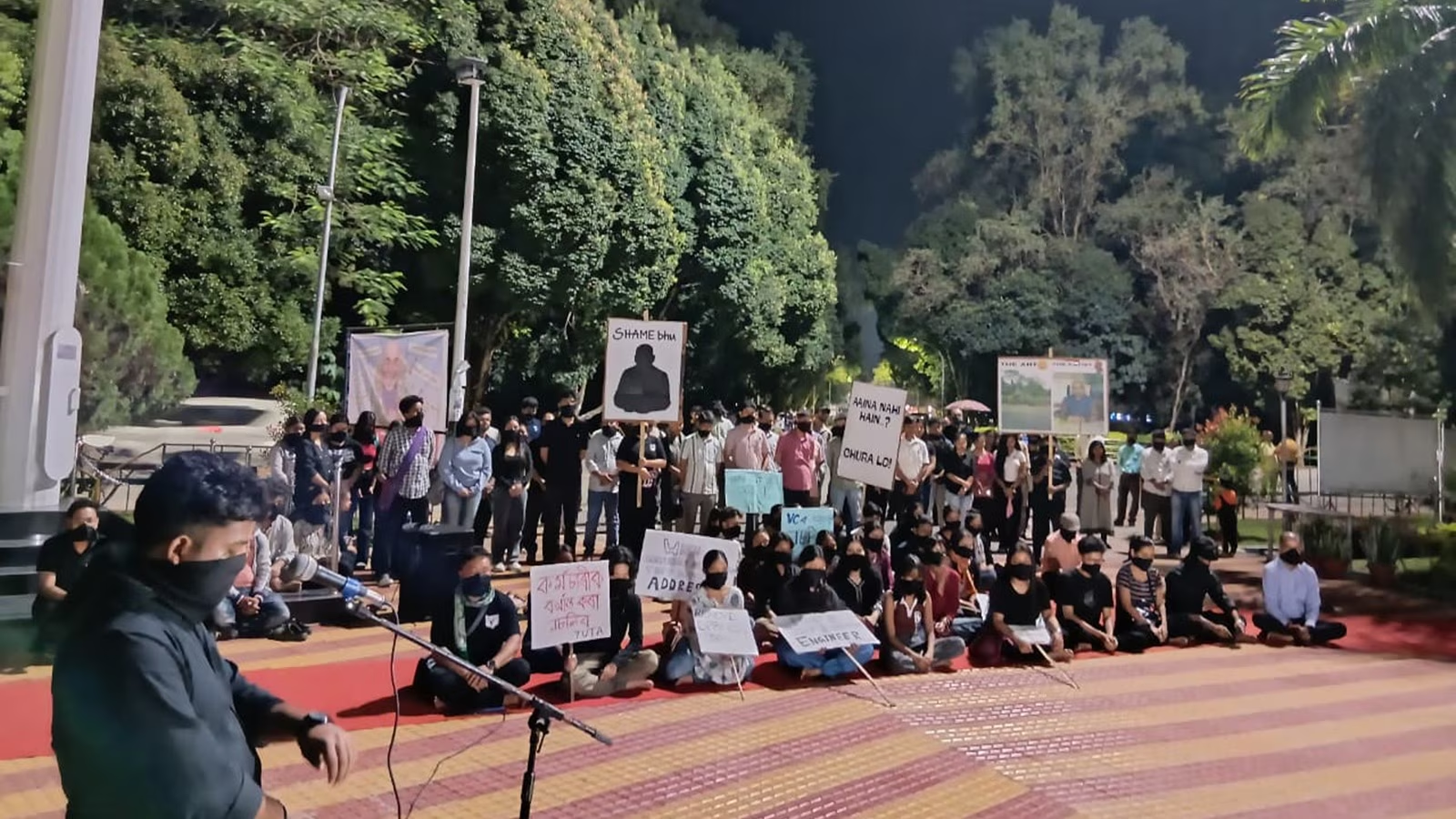The National Council of Educational Research and Training (NCERT) has recently launched new textbooks for classes 3 and 6, with the latter receiving a single truncated Social Science textbook titled Exploring Society — India and Beyond, instead of three separate books for History, Geography, and Civics.
While the move appears thoughtful by the education body to reduce pressure on students, one can't help but notice the overt addition of ancient Indian texts such as the Vedas, Puranas, and Upanishads.

“We have tried to keep the text to a minimum by focusing on the big ideas. This has enabled us to combine in a single theme inputs from several disciplines — whether history, geography, political science or economics,” NCERT Director Dinesh Saklani writes in the introductory chapter of the new textbook.
The syllabus shows a major shift in content, raising important questions about the significance of such topics and where the line should be drawn between cultural education and a comprehensive understanding of history for young learners.
For instance, the newly-launched curriculum includes a chapter —Chapter 5: India, that is Bharat dedicated to exploring the etymology of the term Bharat, referencing ancient Indian texts like the Mahabharata and the Vishnu Purana. The text includes Sanskrit terms with diacritics to help in proper pronunciation.
The chapter states, "Interestingly, it lists many regions, such as Kāshmīra (more or less today's Kashmir), Kurukṣhetra (parts of Haryana today), Vanga (parts of Bengal), Prāgjyotiṣha (roughly today's Assam), Kaccha (today's Kutch), Kerala (more or less today's Kerala), and so on."
The new textbook is divided into five themes that includes Geography which has two chapters: Oceans and Continents and Landforms and Life; second and third themes named Tapestry of the Past and Our Cultural Heritage and Knowledge Traditions with five chapters of History. The fourth and fifth theme is on governance and democracy, with a focus on local governance, and Economics respectively.
In the Geography section, there has been significant reduction of pages from 48 to just 34, eliminating essential concepts such as measuring longitude and latitude.
India had a Prime Meridian of its own much ahead of the Greenwich Meridian and it was called madhya rekhā, which passed through the city of Ujjain in Madhya Pradesh, the book states in one of the chapters.
"The Greenwich Meridian is not the first Prime Meridian. There were others in the past. In fact, many centuries before Europe, India had a prime meridian of its own! It was called madhya rekhā (or middle line) and passed through the city of Ujjayinī (today Ujjain), which was a reputed center for astronomy over many centuries. "Varāhamihira, a famous astronomer, lived and worked there some 1,500 years ago. Indian astronomers were aware of the concepts of latitude and longitude, including the need for a zero or Prime Meridian. The Ujjayinī meridian became a reference for calculations in all Indian astronomical texts," the textbook reads.
The textbook further details the Vedas without mentioning the caste system and the fact that women and Shudras were not allowed to study these scriptures.
There is also no mention of caste-based discrimination in the new textbook and has modified references to B R Ambedkar's experience about the discrimination.
The book refers Harappan civilization as Sindhu-Sarasvati. The new volume has also omitted detailed exploration of the kingdoms of ancient India which includes accounts of the kingdoms of Ashoka and Chandragupta Maurya.
The role of Chanakya and his Arthashastra as well as the dynasties of the Guptas, Pallavas and Chalukyas, and the work of Kalidasa are also missing.
In fact, the only mention of King Ashoka in the entire book is a single word in the fourth chapter's timeline.
The references to the famed iron pillar at the Qutub Minar site at Delhi's Mehrauli locality, probably dating back to the Gupta dynasty era, have been dropped, along with mentions of the Sanchi Stupa, the monolithic temples of Mahabalipuram and the paintings in the Ajanta caves.
The omissions raise concerns about whether students will receive a comprehensive understanding of India's rich and diverse history.
Other notable changes in the book is its focus on cultural heritage with entire chapters dedicated to ancient texts like the Vedas, Puranas and Upanishads.
What seems disturbing in the new book is that instilling a sense of cultural identity in students comes at the expense of a more balanced historical perspective.
Currently, the text presents a one-dimensional view of the past by omitting critical historical events and complexities of pre-colonial India.
The lack of historical depth hugely undermines students' understanding of their heritage and hinder their ability to engage with contemporary societal issues that are rooted in historical contexts.

While the reduction in the syllabus is a welcome change that alleviates unnecessary burdens on students, the inclusion of certain redundant ideas does not align well with the modern education system.
A more balanced approach that integrates history, culture, and religion would have been more beneficial for students and for the future of India.
Disclaimer: The views expressed are that of the author and not necessarily of Education Post.



.jpg&w=3840&q=75)













